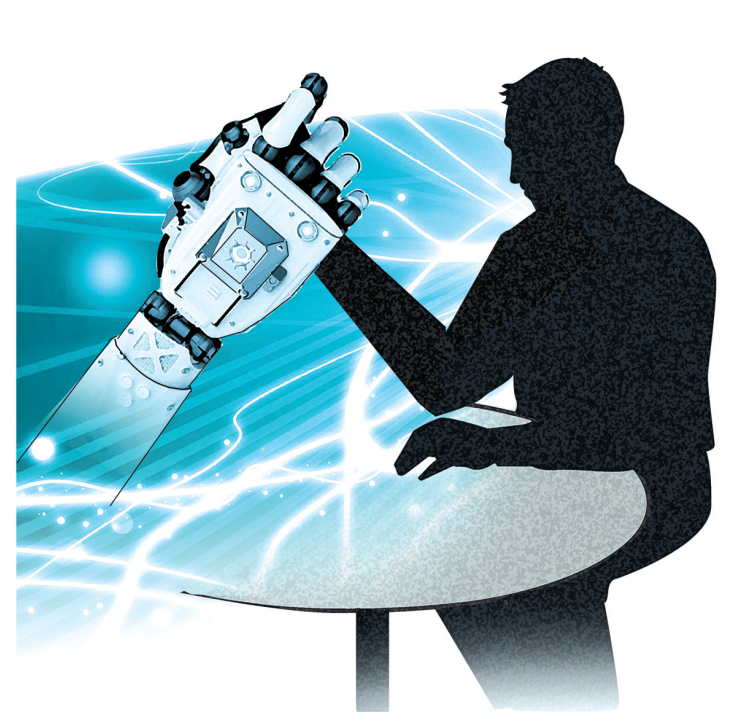[Chinese And English Bilingual] AI Voice Becomes More Realistic, And The Risk Of Fraud Is Quietly Increasing
[Chinese And English Bilingual] AI Voice Becomes More Realistic, And The Risk Of Fraud Is Quietly Increasing
PART 1People can no longer reasonably tell AI and human voices apart
PART 1

can no tell AI and human apart, in of -style or with , such as those of or . human using has long been a goal, for to help who lose the to speak, but until , have been able to an AI- voice. In 2023, found that and could real and about 70 per cent of the time. But Hany Farid at the of , , and his have shown that the best AI voice are now much to spot. The will fears about the risk of scams fake .
It is difficult for people to reliably distinguish AI-generated sounds from human voices, unless they are examples of conversation styles, or familiar sounds, such as those of friends or family members. Replicating human voices with artificial intelligence has always been a research goal, such as helping those who have lost their ability to speak. Until recently, most people could still identify the sounds generated by artificial intelligence. In 2023, researchers found that English-speaking and Mandarin-speaking people can distinguish between real sounds and deep fake sounds in about 70%. But Haney Farid of the University of California, Berkeley and his team show that today's most advanced AI speech generation technology has become more difficult to identify. This discovery will heighten concerns about the risk of fake voice fraud.

PART 2

Farid and his team used AI ' voice to a of real human of 220 from the US. They of races and , each to 32 , from - of a to and of a .
Farid and his team copied a dataset of real vocals from 220 American English-speaking people using AI's voice cloning software. These people include different races and genders, and each has to answer 32 different questions, from a single sentence answer of about a second to a long, scriptless answer of nearly a minute.
Then, more than 600 to pairs of - real and AI , being told that AI was , being asked they could tell if two were from the same . The a real voice and an AI- voice were the same about 80 per cent of the time.
Then, over 600 people listened to different groups of sounds similar to those generated by AI, without knowing that they were related to AI in advance, and then the researchers asked them if they could tell whether the two sounds were the same source. Subjects believed that the real sound was the same as the clone sound generated by AI in about 80% of the time.

PART 3

When the asked to guess a voice was real or AI-, the 60 per cent of the time, or just above . , were at an AI voice when the was or less with , read . In a study, and her also found that to AI and human , doing as well as a guess. , when to a voice they knew well, such as that of a , they were much at .
When researchers asked them to guess whether a sound was real or AI-generated, the volunteers' answers were about 60%, slightly higher than the chance of random guessing. However, when the speech samples are longer or the scripted traces are lighter, people are better at identifying the sound of AI, while shorter or pronounced answers are more difficult to distinguish. In another study, McGertigan and her colleagues also found it difficult to distinguish between artificial intelligence and human voices, and the results are similar to random guesses. However, when they hear familiar sounds, such as those of their family, they perform better in detecting deep fake sounds.

PART 4

Fake are to be even to in real-world with the of an , say Farid. “This is the best . They're at home, they know they're an , they're , they're paid for their time. It's not a call at 2 in the .” While there are tools and AI- that can help an AI voice from a , this is much to do with a live voice, so the best AI voice scams is to agree on a with your and , say Farid. “You have a , and when calls, you ask them what the is."
Farid said fake sounds in the real world may be harder to detect than controlled environments in which the experiments are being tested. "It's the ideal situation now. Participants sit at home, knowing they're doing experiments, focusing, and there's someone paying for their time. This isn't an emergency call that you get at 2 a.m.." Farid said that while statistical tools and AI-powered detectors can help identify AI voices from recordings, it's much harder for real-time voice, so Farid suggested that the best way to prevent AI voice scams is to make a secret code with family and friends.
Quote source
This article is excerpted from: The (Guardian)
Original title: Just 9.5% of made in 2022 used , study shows

![[Chinese And English Bilingual] AI Voice Becomes More Realistic, And The Risk Of Fraud Is Quietly Increasing](https://lcs-sfo.k4v.com/assets/public/default_cover.jpg)



